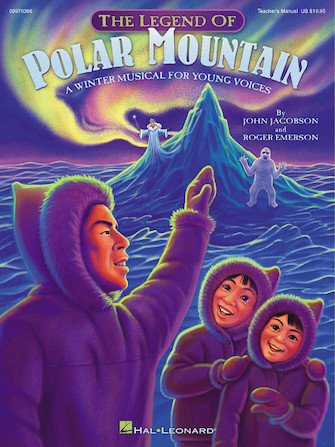In 2010, my elementary school put on the winter play called The Legend of Polar Mountain. In the play, two Inuit siblings get lost on Polar Mountain; while they are looking for a way home, they run into a moose, beaver, snow queen, and snow monster!
I believe this play is cultural appropriation since the main characters in the play are Inuit; however, it does not add to the story. It appears the writers added Inuit culture since they wanted to make it more diverse. There is no respect for Inuit people in the play since Inuit culture and traditions are not mentioned. Instead, there is a strong sense of nationalism for Canada since different Canadian stereotypes are mentioned throughout the play, overlooking the Inuit storyline. Additionally, the play’s themes lean towards Christmas and goodwill towards men, overlooking the Catholic church’s impact on the oppression of Indigenous people in Canada. While rehearsing the play, we did not learn anything about Indigenous culture other than elders tell stories to pass down information from generation to generation.
I do not think there is a way to appreciate Inuit culture within this play. However, if I were to go back to 2010 and recommend something, I would encourage the students to learn about Indigenous culture and history with European settlers. This play could be used critically as a resource to teach stereotypes and nationalism, but I do not think it should be performed for an audience.
To shift the consciousness using one of Gorski (2008) ’s steps, I would use “shift no. 2: justice first, then conflict resolution” (Gorski, 2008). I would use shift two since the appropriation is so obvious in this assignment that it needs to be called out immediately. The writers use this play to portray stereotypes and pass it off as culture, and I do not think it can continue to happen and be performed. As a teacher, if this were being performed at my school, I would ensure the faculty knows the difference between cultural appropriation and appreciation and insist they choose a different play. I could also use “shift no. 6: ‘neutrality’= status quo” (Gorski, 2008). When we were rehearsing the play, I did not hear any complaints from the faculty or parents that came to watch. By not saying anything, everyone remained neutral and stuck to the norm of appropriating and oppressing Indigenous culture.
Gorski, P. C. (2008). Good intentions are not enough: A decolonizing intercultural education. Intercultural Education, 19(6), 515–525. https://doi.org/10.1080/14675980802568319

Leave a Reply